New Public Lands Bill Aims to Enhance Access With Digital Mapping Tools
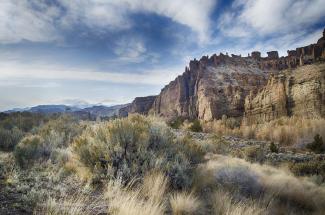


The Environmental Law Institute (ELI) is pleased to announce the winners of the 33rd Annual National Wetlands Awards: John R. White, Jessica Hua, Mark Laska, Zachariah Perry, and Mick Micacchion.
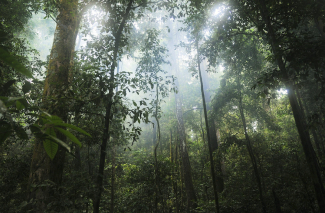
Peru is the fourth largest rainforest country, and its Amazon forests are one of the most biodiverse areas in the world. However, deforestation is a growing phenomenon. According to Peru’s Ministry of the Environment, from 2019 to 2020, about 203,272 hectares of Amazon forests were cut down during the Covid-19 pandemic.
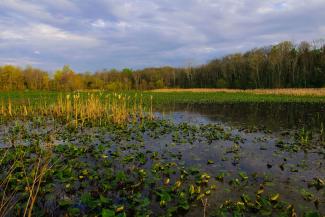
The Environmental Law Institute (ELI) is pleased to announce the winners of the 33rd Annual National Wetlands Awards: John R. White, Jessica Hua, Mark Laska, Zachariah Perry, and Mick Micacchion.
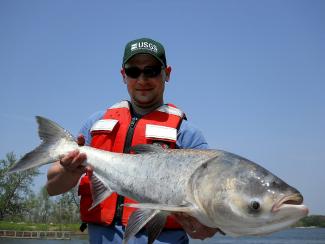
For officials in the Midwest and Southeast, the day is long past to seize the carp.
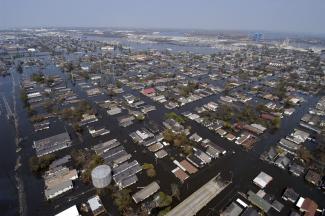
In a recent episode of People Places Planet Podcast, Research Associate Heather Luedke spoke with John R. Nolon, land use law expert and Professor of Law at Elisabeth Haub School of Law at Pace University, to discuss the emerging crisis of “land use climate bubbles.” Land use climate bubbles, which form when property values decline due to climate change impacts, have been popping up across the United States and could lead to an economic crisis worse than the 2008 housing bubble.
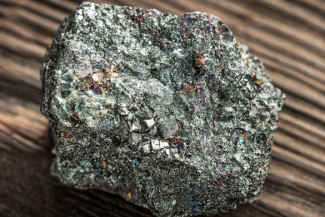
The transition to a zero-carbon economy depends, we are told, on the United States’ ability to assure a supply of rare earths and minerals such as cobalt, nickel, or lithium. Dialogues surrounding critical minerals have intensified over the past decade, and the International Energy Agency suggests we are on track for either doubling or quadrupling our “overall mineral requirements for clean energy technologies by 2040.”
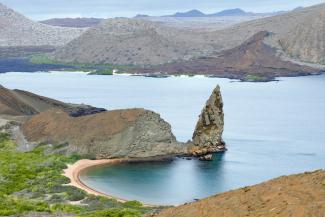
Ecuador is undoubtedly one of the most megadiverse countries in the world. It currently has 18,439,141.75 hectares of protected areas, which means that 13.7% of its territory is under special protection. Without underestimating the rest of the ecosystems and habitats that make up this small piece of land located in the middle of the world, the Galapagos Islands usually take the limelight. The Galapagos Islands have been declared a natural world heritage and are the reference by which many foreigners identify the country.
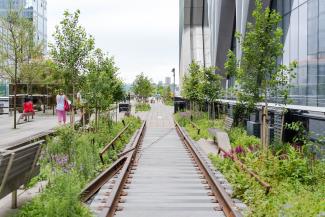
Former railroad turned elevated park, the New York City High Line presents a prime example of creating new green spaces to beautify, ameliorate, and revitalize surrounding communities. Although certainly one of the city’s most popular parks, the High Line also serves as the culprit for a sharp 35% increase in adjacent housing values.

Renewed interest in outer space has brought new sources of investment and technology. Last year witnessed 110 orbital launches, tied for the highest annual number since the early 2000s. Increased activity in outer space will accelerate potential environmental effects; for instance, space mining could lead to natural resources being extracted from the moon, Mars and other planets, and asteroids. The primary environmental issues include debris, pollution of earth’s atmosphere, and biological or nuclear contamination.
In this month’s issue of ELR—The Environmental Law Reporter, Scot W. Anderson, Julia La Manna, and Korey J. Christensen discuss the legal framework surrounding development of natural resources in outer space. The authors provide an overview of space mining regulations generally, and examine regulatory efforts to mitigate environmental issues.